A new piece of early Christian Rome resurfaces from underground in the capital’s southern suburbs. Between Via Appia and Via Ardeatina, within the area of the catacomb of St. Callistus, a large funerary basilica from the Constantinian era, dating back to the fourth century, has been discovered. The discovery, of exceptional archaeological and historical significance, is the result of research funded under PRIN 2022 PNRR funds and conducted by Vincenzo Fiocchi Nicolai and Lucrezia Spera, full professors of Christian Archaeology and Late Antique Archaeology, respectively, at the Department of Literary, Philosophical and Art History Studies at the University of Rome Tor Vergata.
The identified basilica, which is 68 meters long and 29 meters wide, has a circiform plan, that is, with the side aisles developing around the apse, according to an architectural model that was widespread in Constantinian times and is reminiscent in structure of that of a circus. The site, owned by the Holy See, falls within the boundaries of the vast funerary area of the Catacomb of St. Callistus, one of the main burial complexes of early Christian Rome.
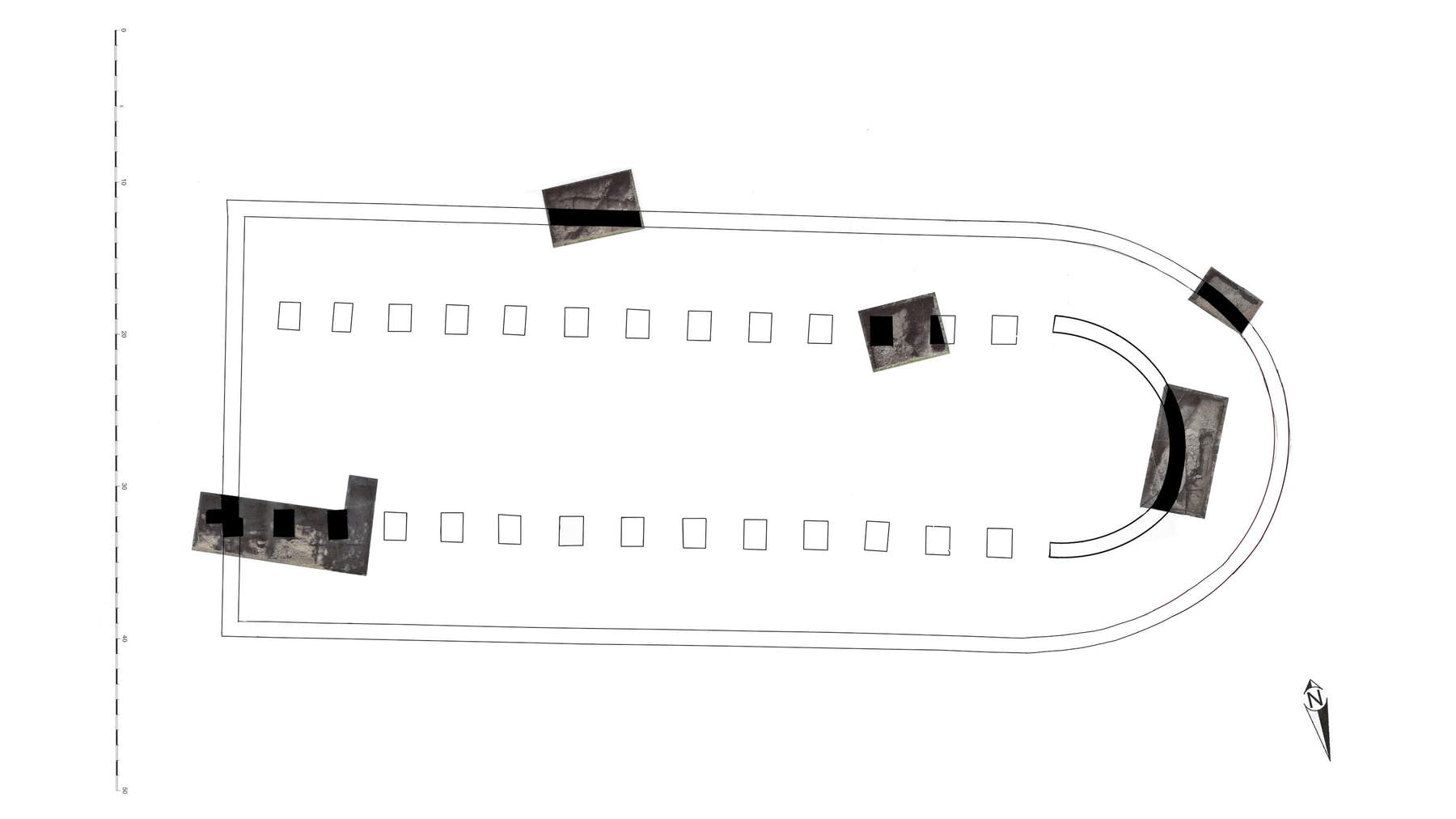
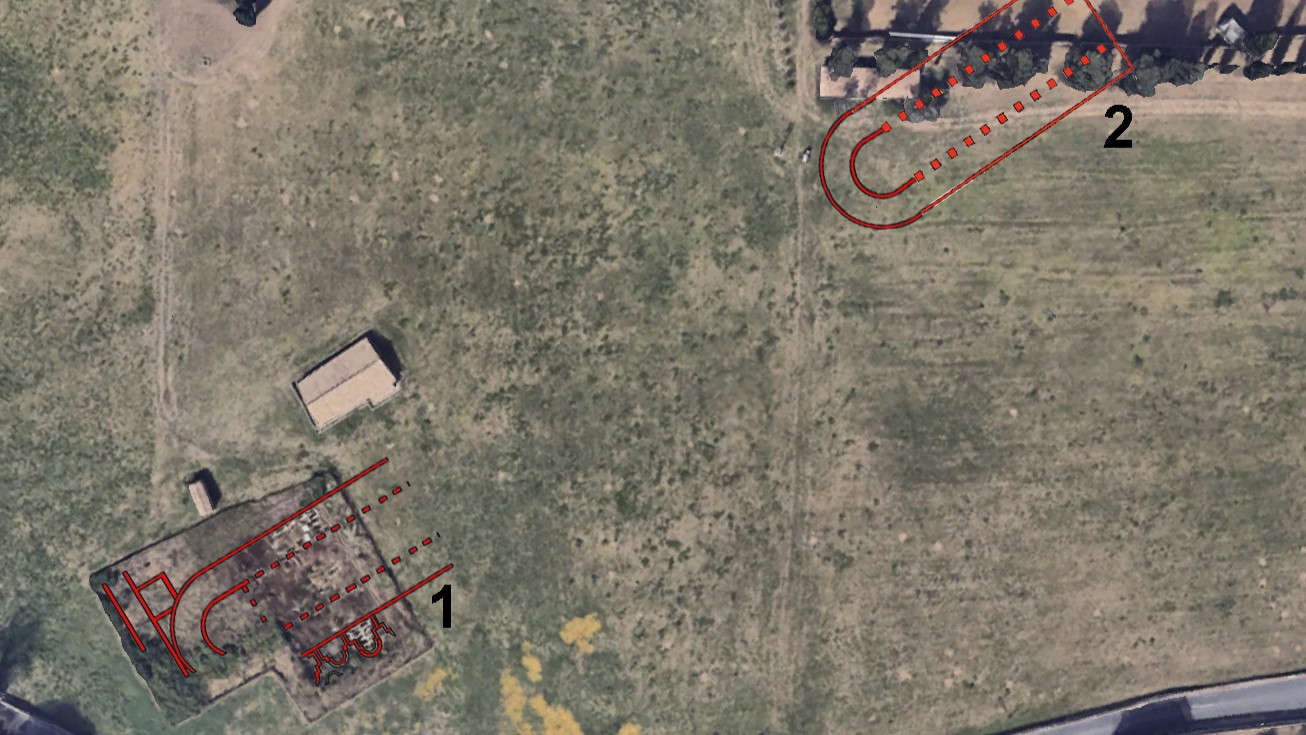
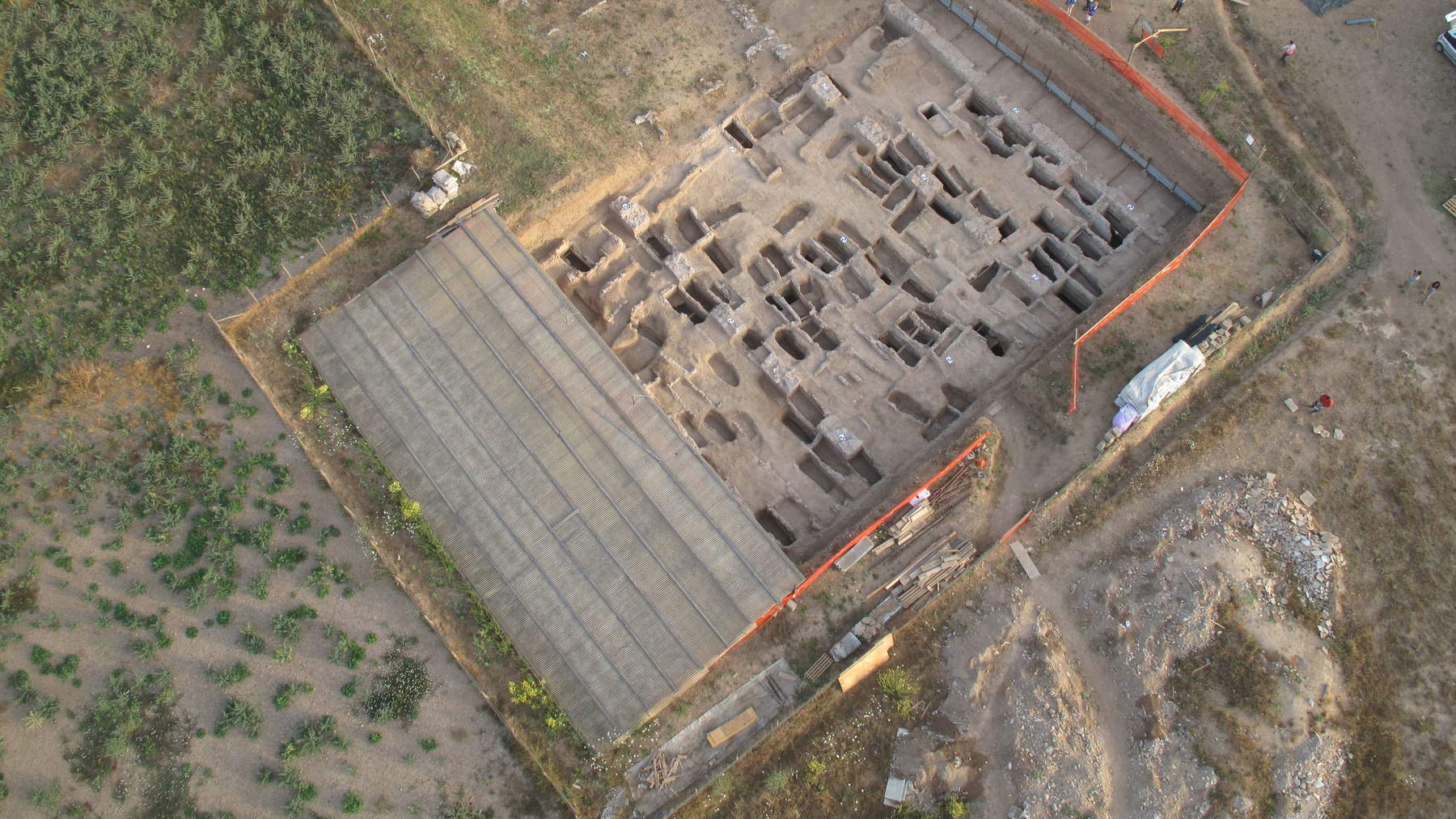
According to archaeologists’ assessments, the basilica can be dated to the 1430s or 40s of the fourth century, at the height of the Constantinian age. The elements that have emerged, both from a structural point of view and in relation to the surrounding context, seem to confirm the identification with the church mentioned in ancient sources at the tombs of Saints Mark and Marcellian, martyrs of the Roman Christian tradition. This basilica, according to documentary evidence, was still a pilgrimage destination in the 7th century, a sign of its enduring cultic significance.
The discovery is the result of methodologically advanced research, which integrated non-invasive geophysical survey techniques with targeted excavation work. Georadar, electrical tomography and magnetometry tools were used, which were useful in tracing the presence of underground structures without altering the context. The data collected then guided diagnostic assays performed at strategic points on the site, conducted on the basis of a concession issued by the Ministry of Culture.
The research was carried out in collaboration with theUniversity of Tuscia and relied on the technical support ofItalferr, a company specializing in preventive archaeology practices. A group of young scholars and PhDs from the University of Rome Tor Vergata also took part in the activities, many of them already trained within the excavations conducted in the same area in past years. It is therefore an ideal continuation of a long course of study and training in the field, which began more than a decade ago.
In fact, in the same area, Vincenzo Fiocchi Nicolai had already directed between 2006 and 2013 an extensive excavation campaign that brought to light another basilica of similar type, also circiform, founded by Pope Mark in 336 AD, the same pontiff who was later buried there. That research project actively involved entire generations of students from the three-year and master’s degree programs in archaeology at the Roman university, who were directly engaged in the excavation and documentation operations, including architectural surveys, compilation of stratigraphic sheets, cataloguing and analysis of the materials found.
Today, the new discovery opens new perspectives not only for academic research, but also for university teaching. The identification of the basilica will make it possible to plan a new phase of archaeological excavations in which students from courses in archaeology and doctoral students from the department will be able to participate, offering them a concrete opportunity for field training in a historical context of the highest level. This is a return to direct archaeological practice, which has already proven in the recent past to be a fundamental tool for the professional growth of future archaeologists.
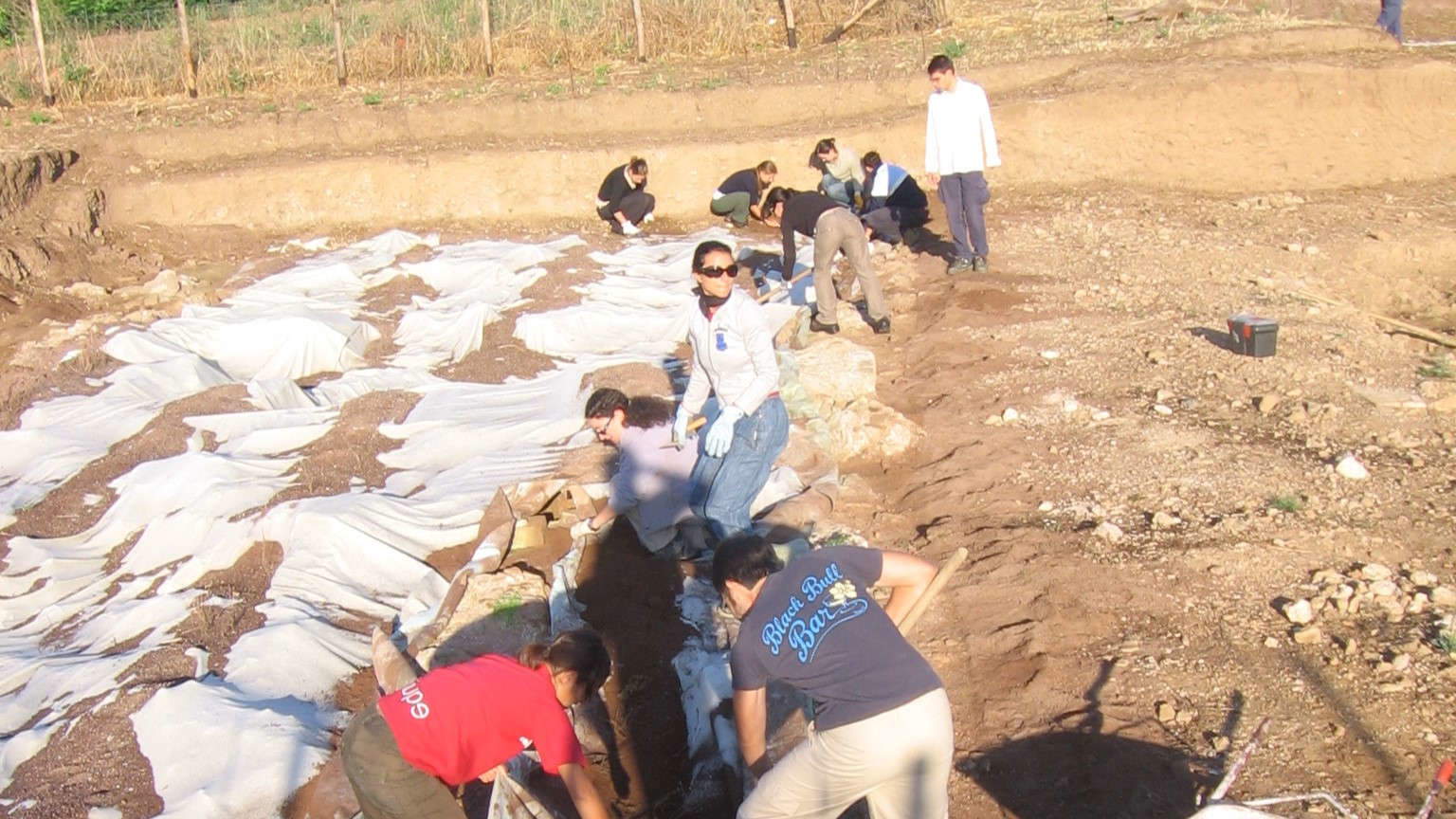
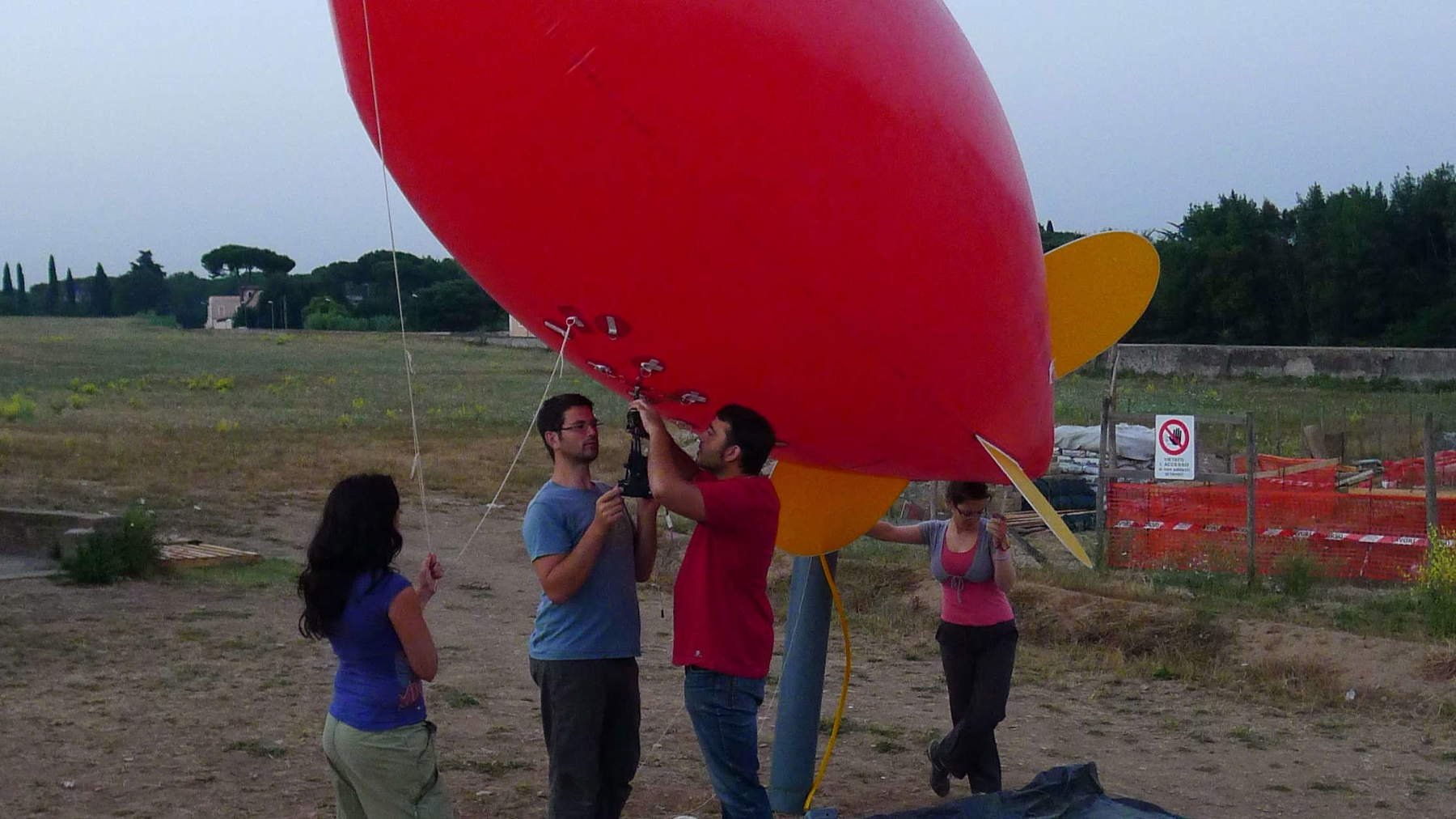
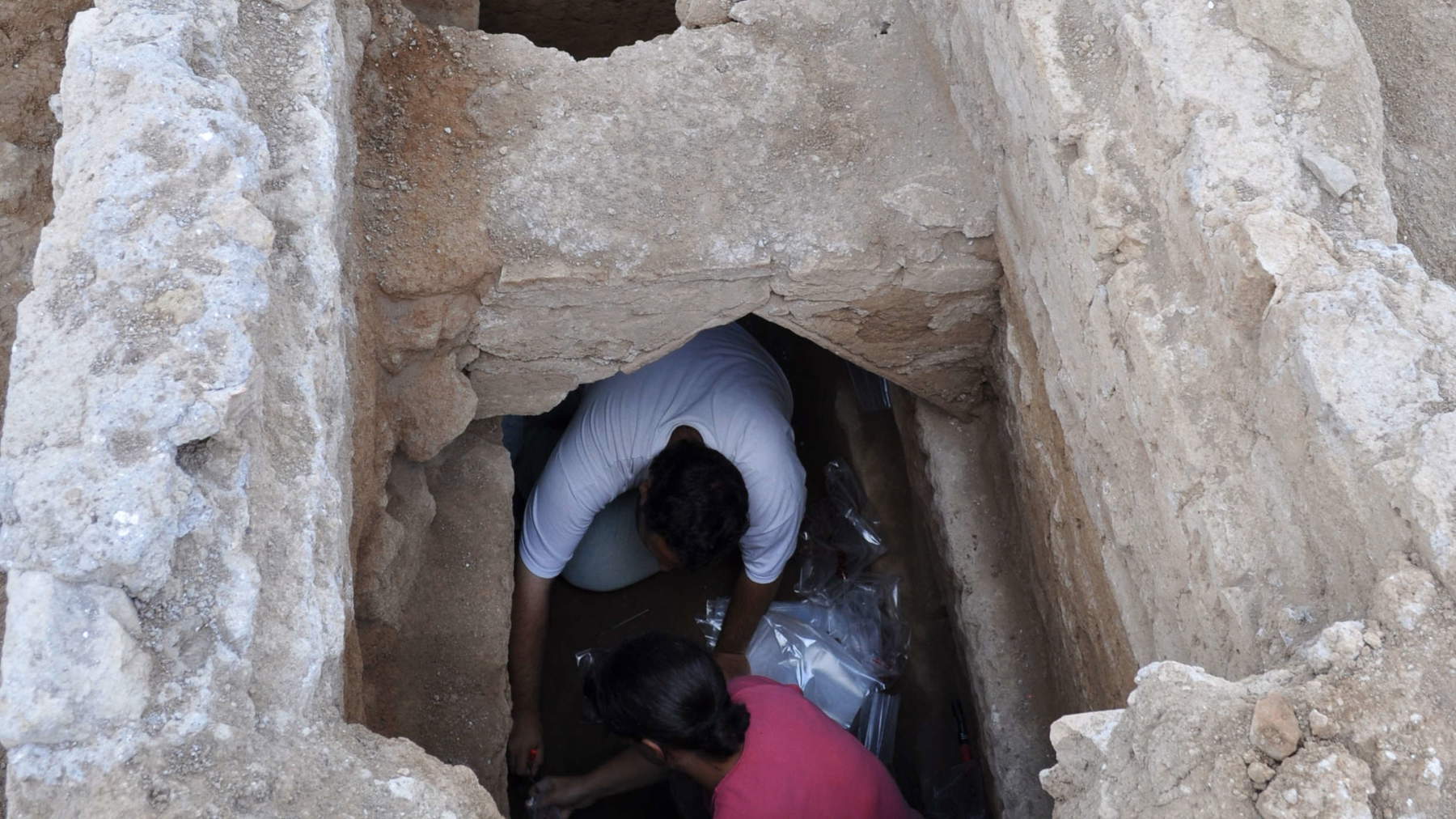
A further scientific contribution to the understanding of the site comes from collaboration with the Anthropology Laboratory of the Department of Biology at the University of Rome Tor Vergata, directed by Professors Olga Rickards and Cristina Martinez-Labarga. Analysis of inhumates found in the past and those expected to emerge during future excavations may provide important insights not only into the funerary practices of the time, but also into the demographic composition, health conditions and lifestyles of Christian communities active in the Roman suburbs in the fourth century.
The discovery of the new Constantinian basilica thus represents a moment of particular significance for our knowledge of Christian and late antique archaeology, and contributes to enriching the panorama of monumental funerary architecture in the southern suburbium of Rome. The context of the catacomb of St. Callistus, where the discovery occurred, is historically among the most significant in Roman Christianity. Frequented since its origins as a burial place for martyrs and popes, it has experienced continuous architectural and cultic stratification over the centuries, becoming a landmark for late antique and medieval pilgrimage. The emergence of such a new structure adds valuable elements to the understanding of the urban and religious evolution of the area in the Constantinian period.
 |
| Rome, large 4th century basilica discovered between Appia and Ardeatina |
Warning: the translation into English of the original Italian article was created using automatic tools. We undertake to review all articles, but we do not guarantee the total absence of inaccuracies in the translation due to the program. You can find the original by clicking on the ITA button. If you find any mistake,please contact us.